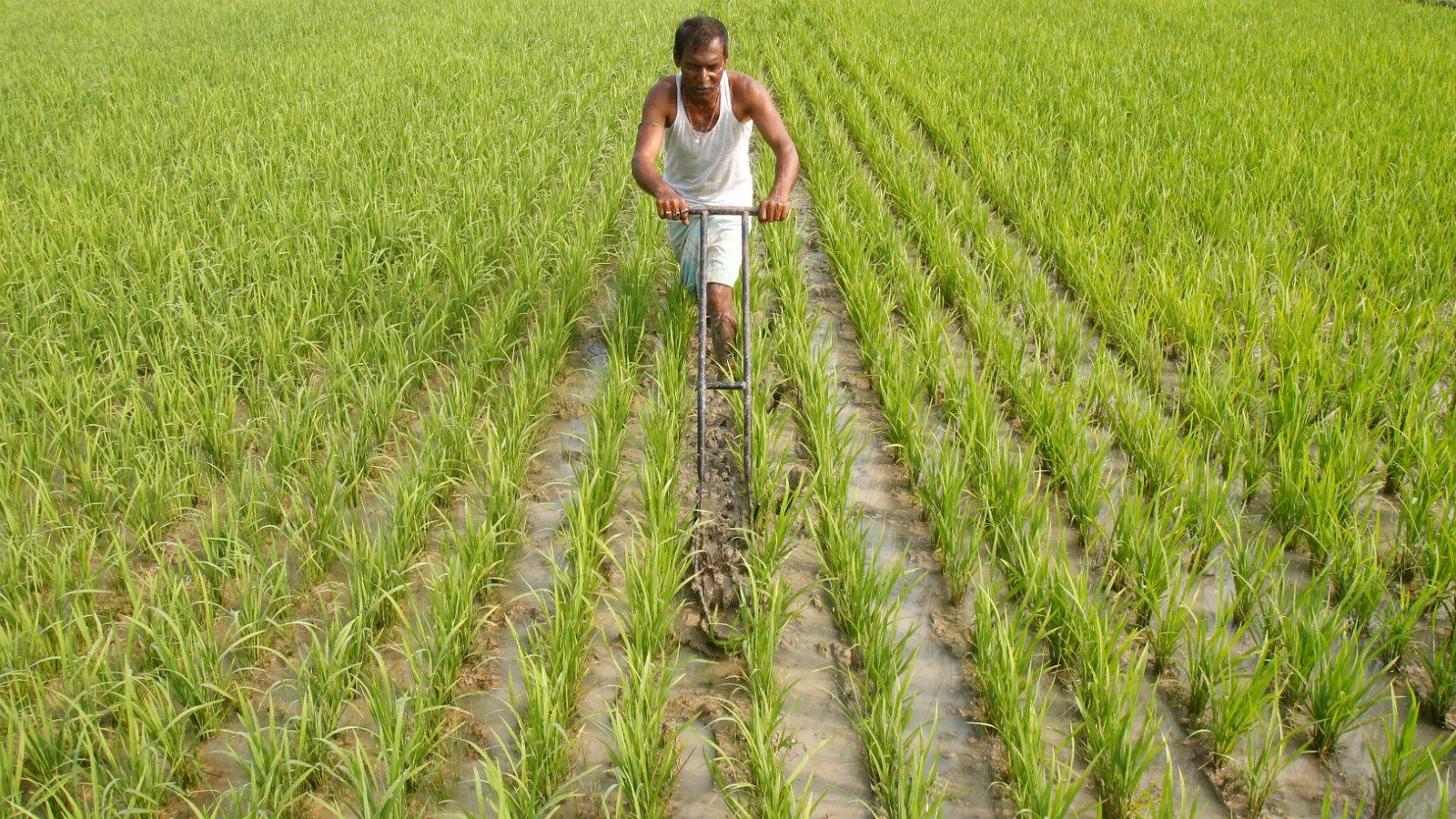
The Funky Indian Fertilizer Industry
The song for this post is Mere Desh Ki Dharti - why? Because the chorus is basically “The soil of my country is made of gold, diamonds and pearls”.
Turns out though, that Au is not the basis of agricultural productivity - N (nitrogen) is. Most fertilizers out there are pretty standardized - that is to say, there isn’t much competition in the fertilizer industry on the product itself. The product is usually some variation on the output of the Haber process which captures Nitrogen from the air and revolutionized agriculture (and warfare) as we know it. There are premium fertilizers, and these are sold in India, yet the reported market size of the whole industry in India is a measly $72 million.
This number seemed…small to me. How could a nation of 1.4 billion people produce nearly three times its required food, let nearly 60% of it spoil, kind of achieve food security and yet spend such a tiny amount on fertilizer? Is Indian soil truly made of something else entirely and doesn’t require too much fertilizer?
I looked at the spend per farm in this paper about farm inputs in Madhya Pradesh. This paper indicates a spend of $40/hectare of land for fertilizers. India has the second-largest area of arable land (159.7 million hectares) in the world after the US (174.45 million hectares). A very naive calculation would indicate that India should have a ~$6 billion fertilizer industry.
But that’s not the number in the report from earlier. Why? I came across this paper on revitalizing India’s fertilizer policy which gives a bit more insight. India’s Green Revolution was a necessary piece of food and geopolitical security - the land does not provide enough bounty for a dense urban modern civilization without modern fertilizers. In the 60s, India’s foreign policy was determined by American pressure on imports, with Nixon even suggesting that what India needs is a “mass famine” to learn the importance of accepting America as leader of the free world:
At one point on the tapes, Nixon remarks, “The Indians need — what they really need is a” — Kissinger interjects, “They’re such bastards.” And then the president finishes his thought: “a mass famine.”
To ensure true independence of foreign policy, and to make fertilizer cheap for farmers, the government provides massive subsidies. However, these subsidies take the form of distribution licenses and price negotations with suppliers. The resulting policy leaks fertilizer across India’s porous borders with Nepal and Bangladesh, creates acartels but also provides the very necessary fertilizer to make sure bellies are at least partially full.
Altogether the fertilizer subsidy bill comes to $4.5 billion+ which is at least on the same order of magnitude as what the calculation from the paper (and initial intuition) would suggest.